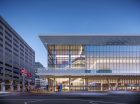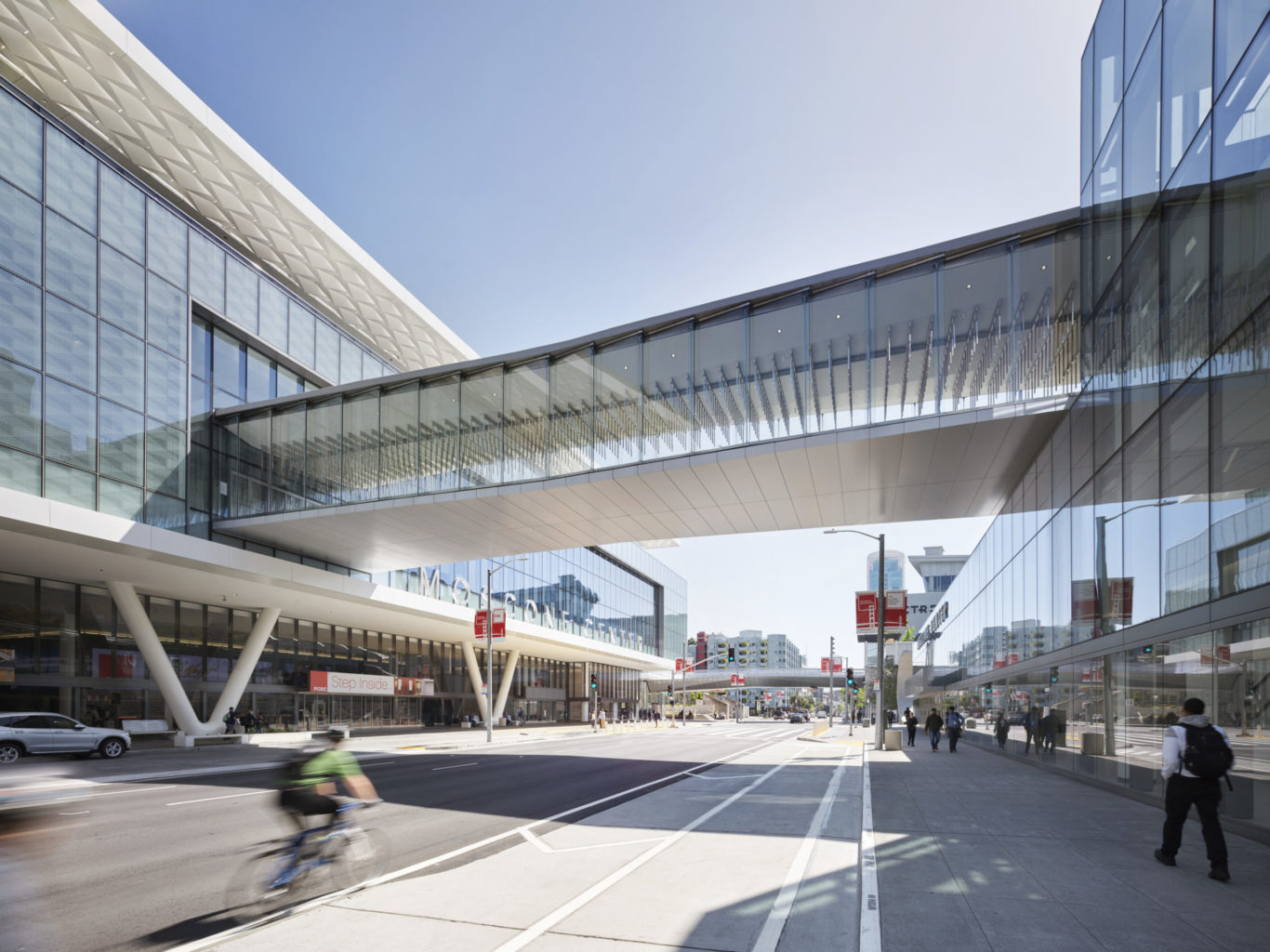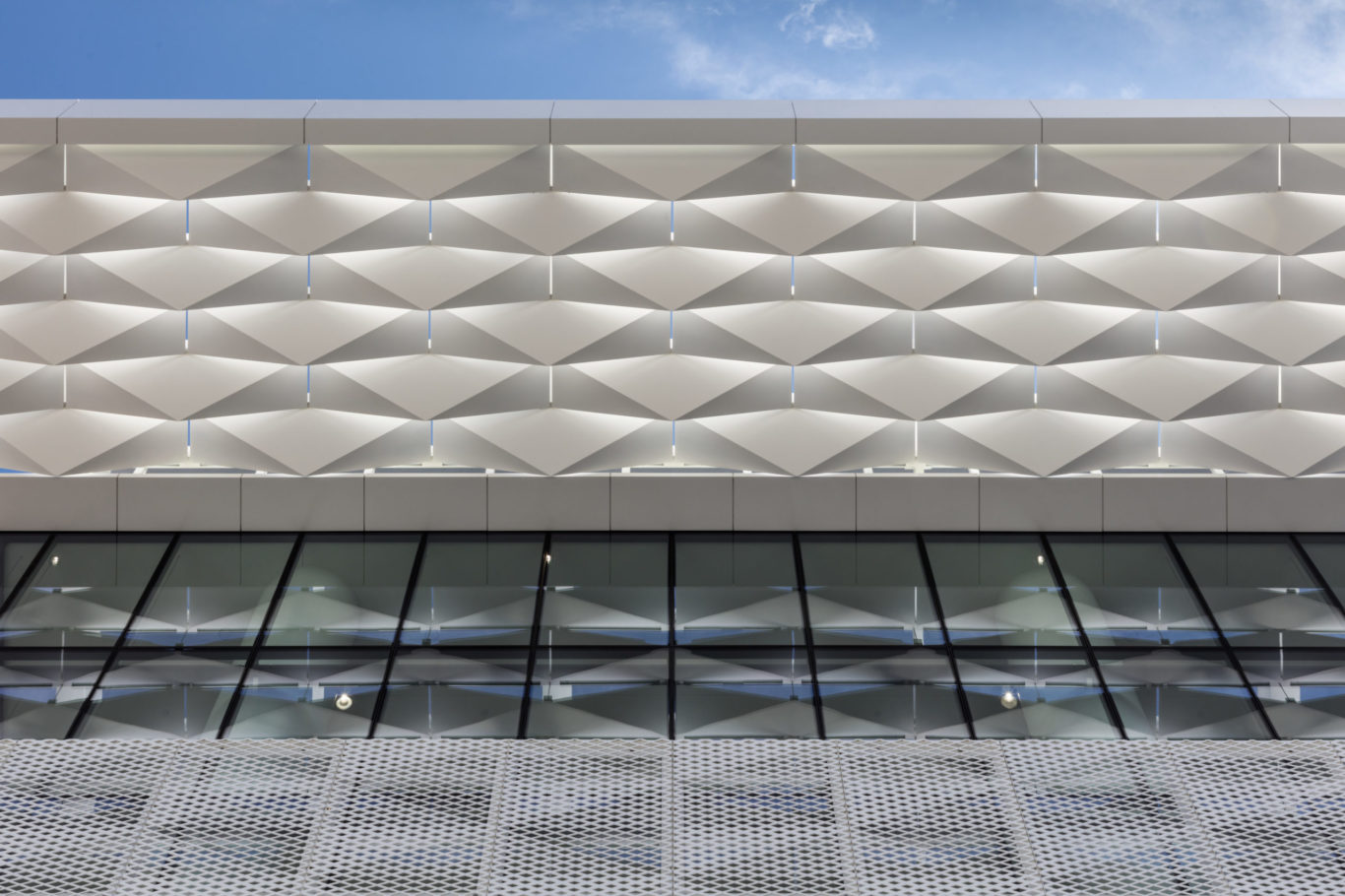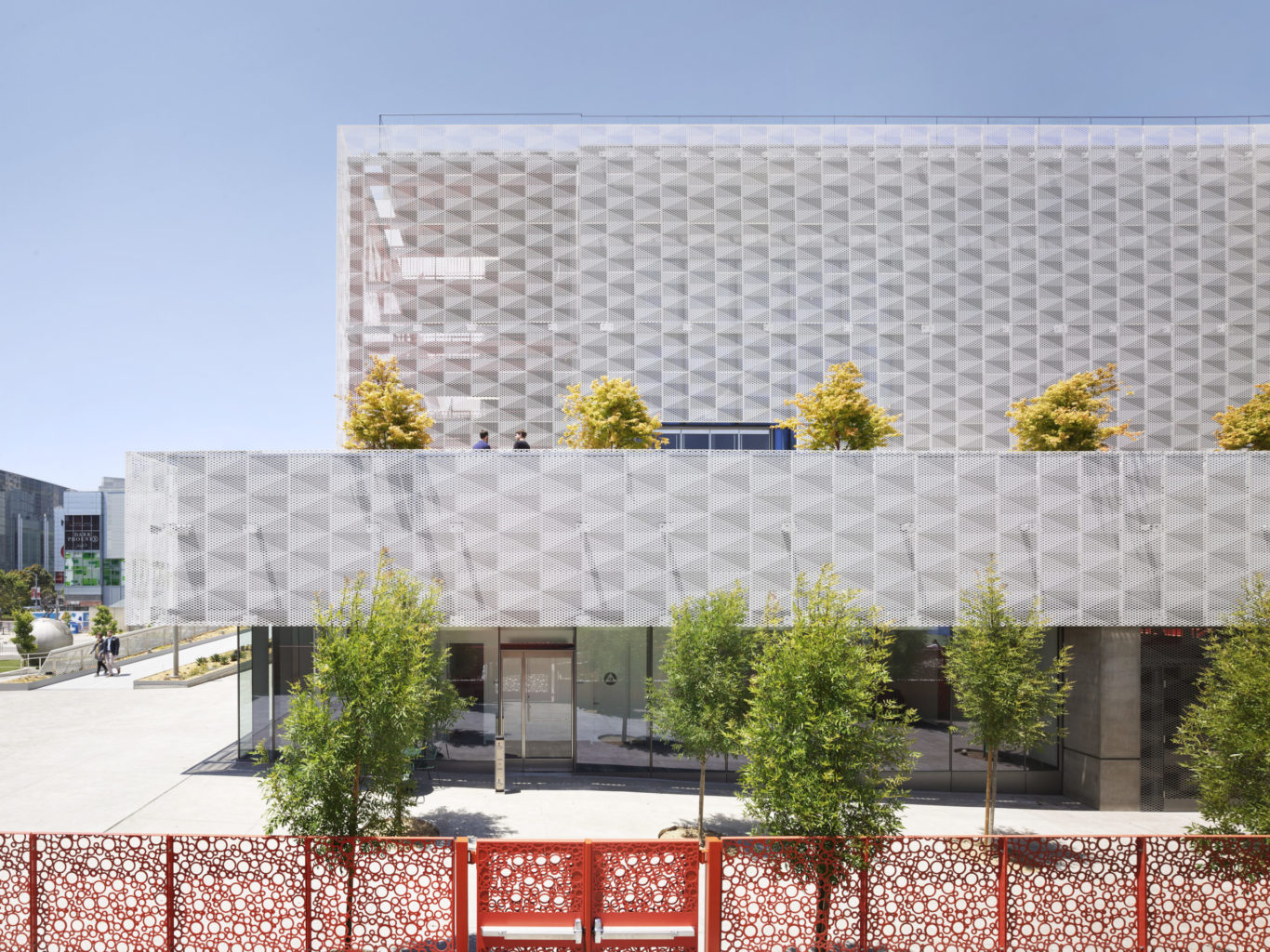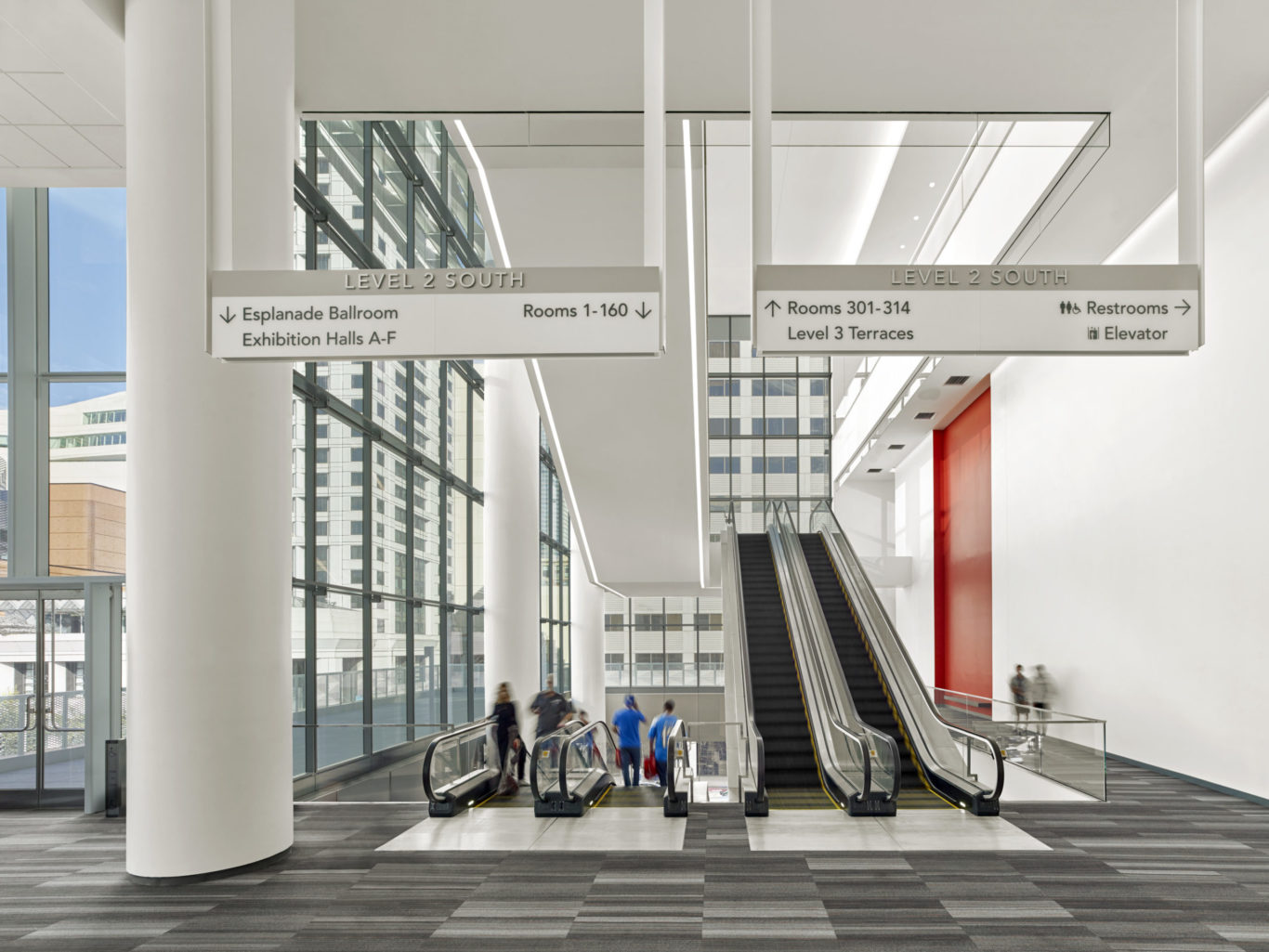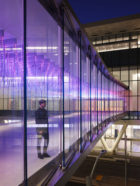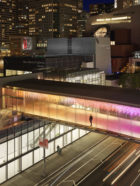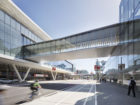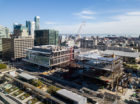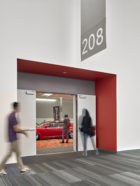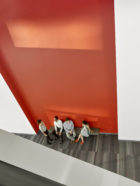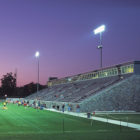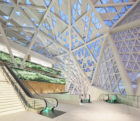Reimagining the city’s largest venue
The expansion of Moscone Center transforms San Francisco’s premier convention venue from a dark and disconnected complex of buildings into a series of light-filled spaces, seamlessly integrated with the public realm. Located in the downtown cultural district surrounding Yerba Buena Gardens, the Moscone Center spans almost 20 acres across two blocks on either side of Howard Street. The expansion project, designed by SOM with Mark Cavagnero Associates (MCA), is part of a 25-year master plan led by the same team. With its new pedestrian-friendly design that connects Yerba Buena’s new and existing open spaces, parks, and cultural facilities, the expansion vastly improves the Moscone Center and allows it to meet the evolving needs of a modern city.


